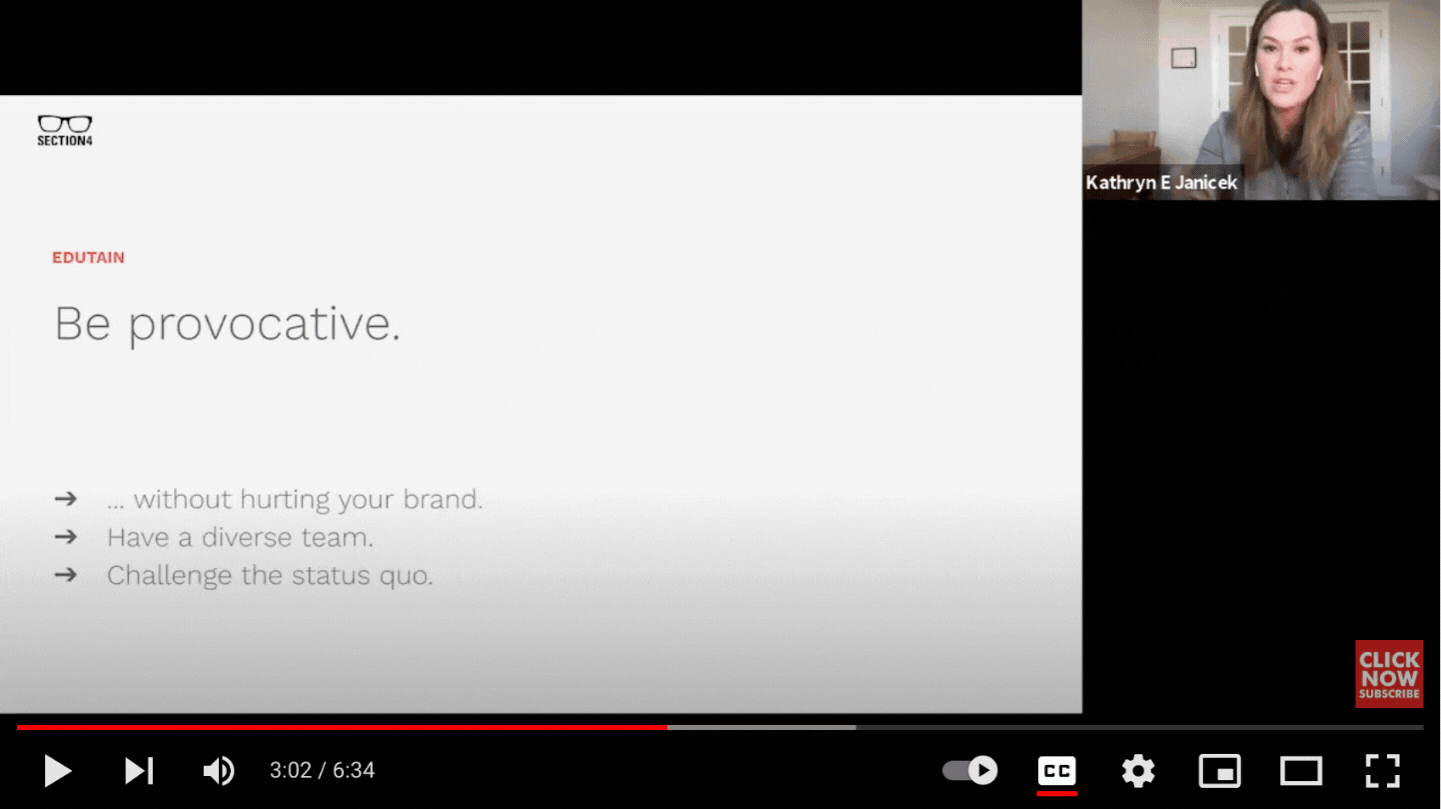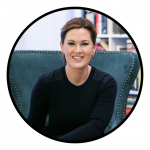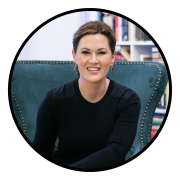I never thought about owning my own business.
Entrepreneurialism.
Employing other people.
Managing their health insurance.
Business insurance.
Liability insurance.
Workers comp insurance.
Invoices.
Contracts.
Changing lives.
Helping people earn more money.
Showing clients how to move up in their careers.
Giving people their confidence back.
Changing someone’s mindset so they can achieve their goals.
Mentoring.
Creating more fulfilling lives for people.
Today is Women’s Entrepreneurship Day.
I never thought I would be an entrepreneur.
And why not?
I’m sitting here sipping a coffee and waiting for my daughter to wake up.
Our nanny will arrive in an hour and I’ll commute to work by walking to my office on the first floor.
I will arrive at 8am and my first client will be there on the computer.
I’m going to meet with people all over the world today.
I’ll write new media and public speaking training proposals for credit card companies, a TV network, an app, and a hospital system.
I’ll shoot a few social media ads and a YouTube video.
And at 4pm, I’ll take my family to the zoo to see the Christmas lights.
I’ll also work from Florida for several weeks this holiday season.
I created this.
I chose it.
And it worked out because it just depended on my own drive and willpower.
No internal approval process for all my contracts.
No long meetings and debates about content.
Oh, and I never have to wait to get my holiday time off (that I earned) approved.
And I control my margins and make more.
Makes me think… why wasn’t I taught this option in high school?
I can’t wait to show my daughter how to be an entrepreneur.








